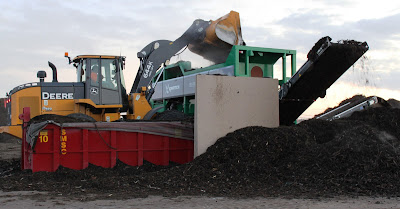The District Service Center at 4540 Tower St. SE in Prior Lake is an official drop-off location for your old and broken holiday light strands. You can drop off lights in the lobby 8:00am - 4:00pm weekdays or send from any school in the district via the in-district mail to the DSC.
The Recycling Association of Minnesota (RAM), in partnership with the Clean Energy Resource Teams, started this first-of-its-kind effort in the country back in 2009. This program employs over 200 individuals with developmental disabilities at vocational centers throughout the state of Minnesota. Every bulb of the light strand is dismantled by vocational center clients and then properly recycled in Minnesota. Every part of the strand is recycled, even the little lights are recycled by another project partner, Green Lights Recycling.
Over the past two years, Recycle Your Holidays™ has saved 2.7 million kWh with 280,000 lbs of lights recycled because recycling is more efficient than creating new metal from scratch. This amounts to a bit over $200,000 in avoided energy costs!























